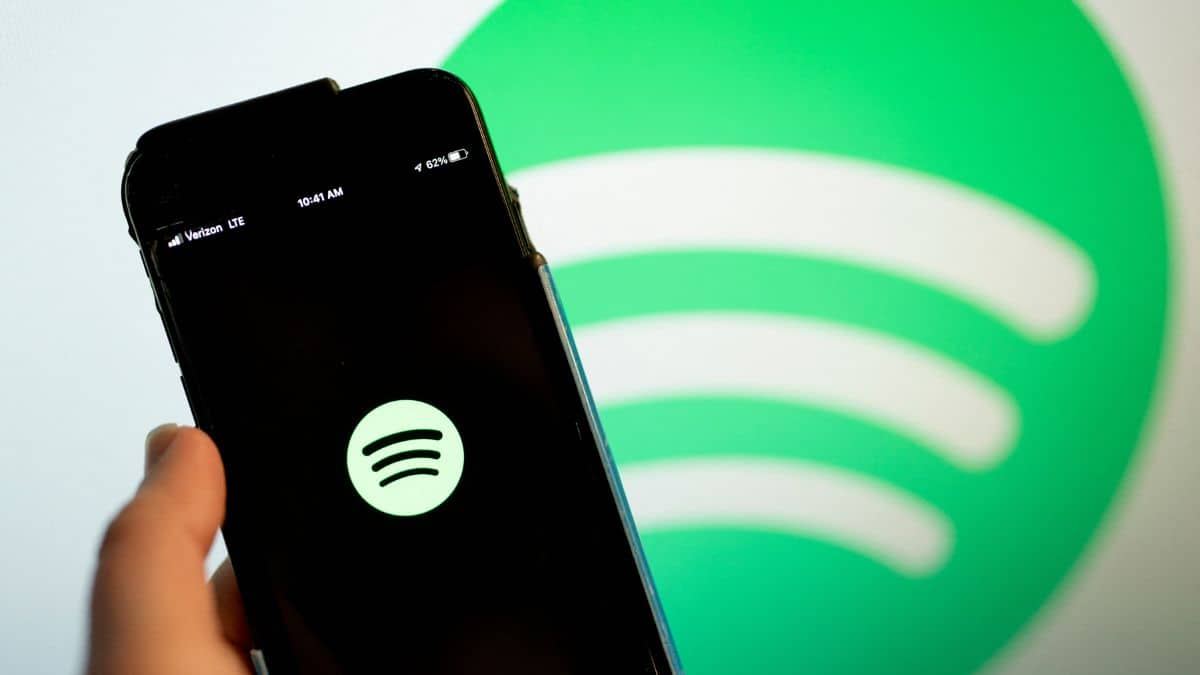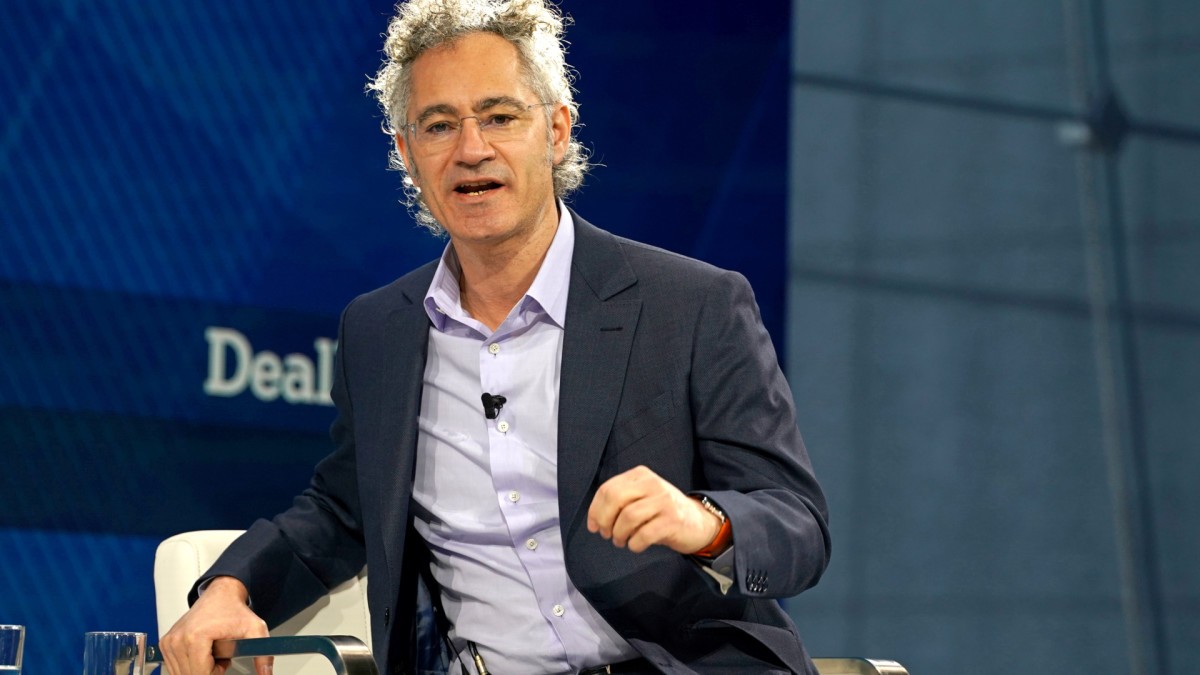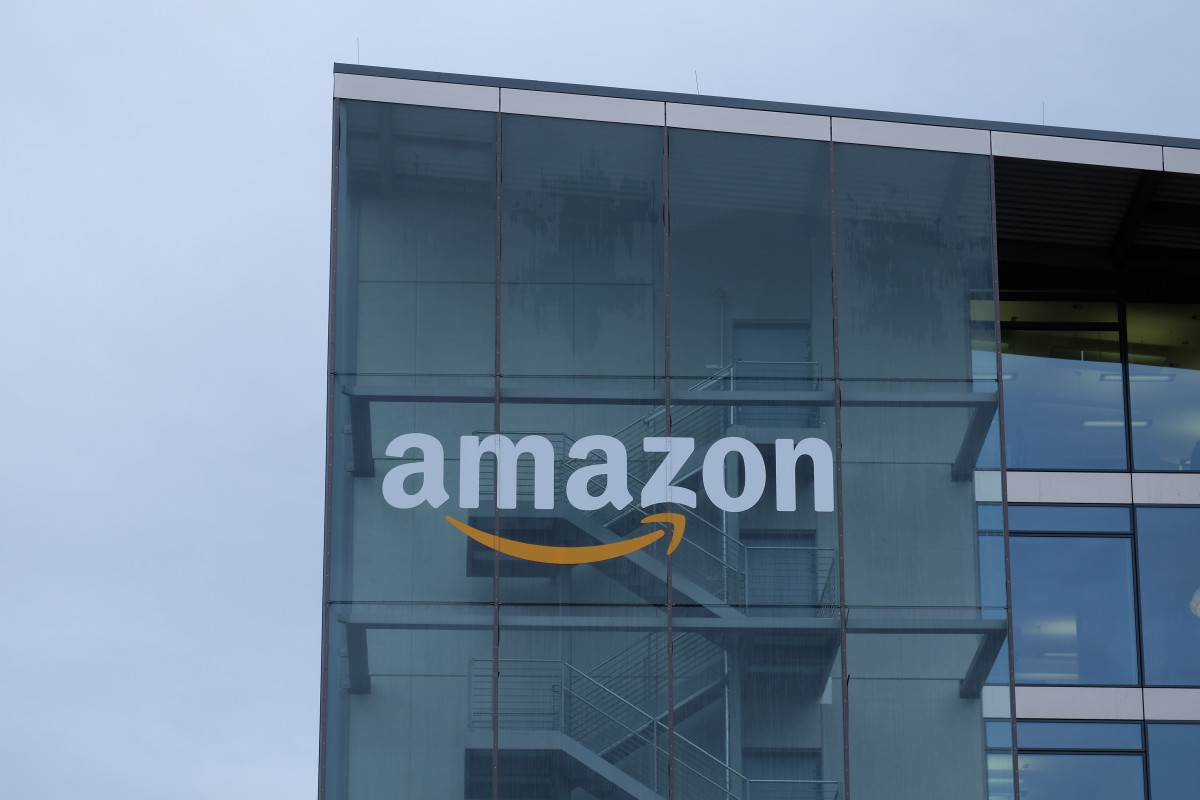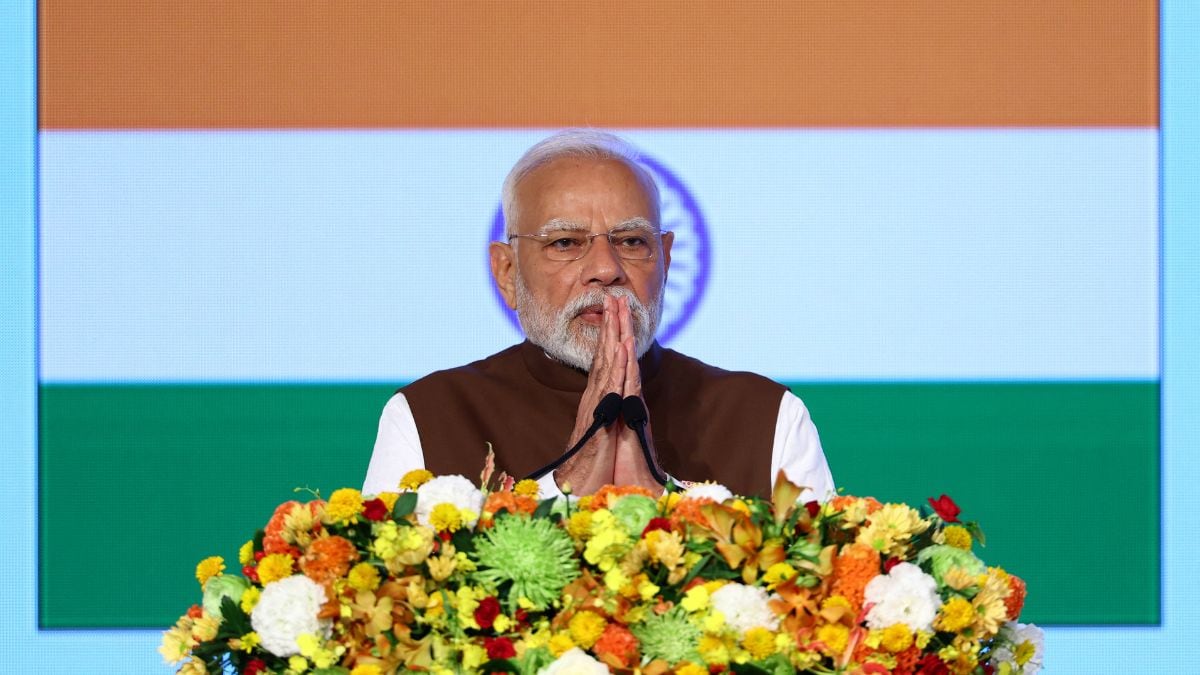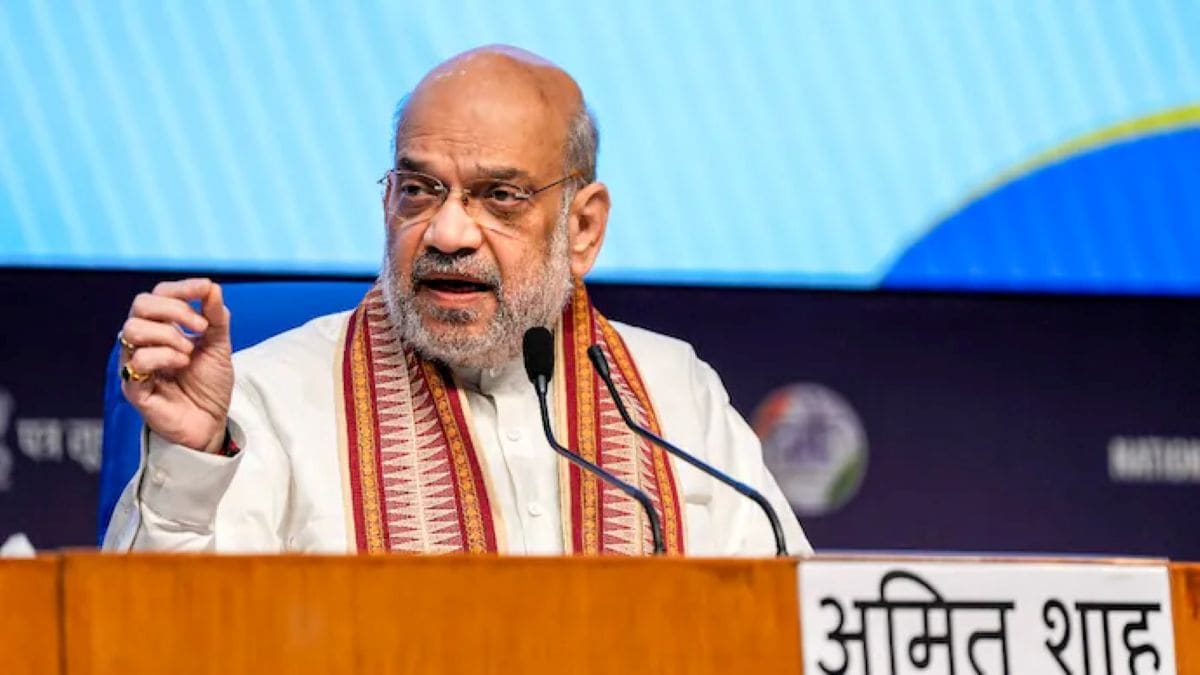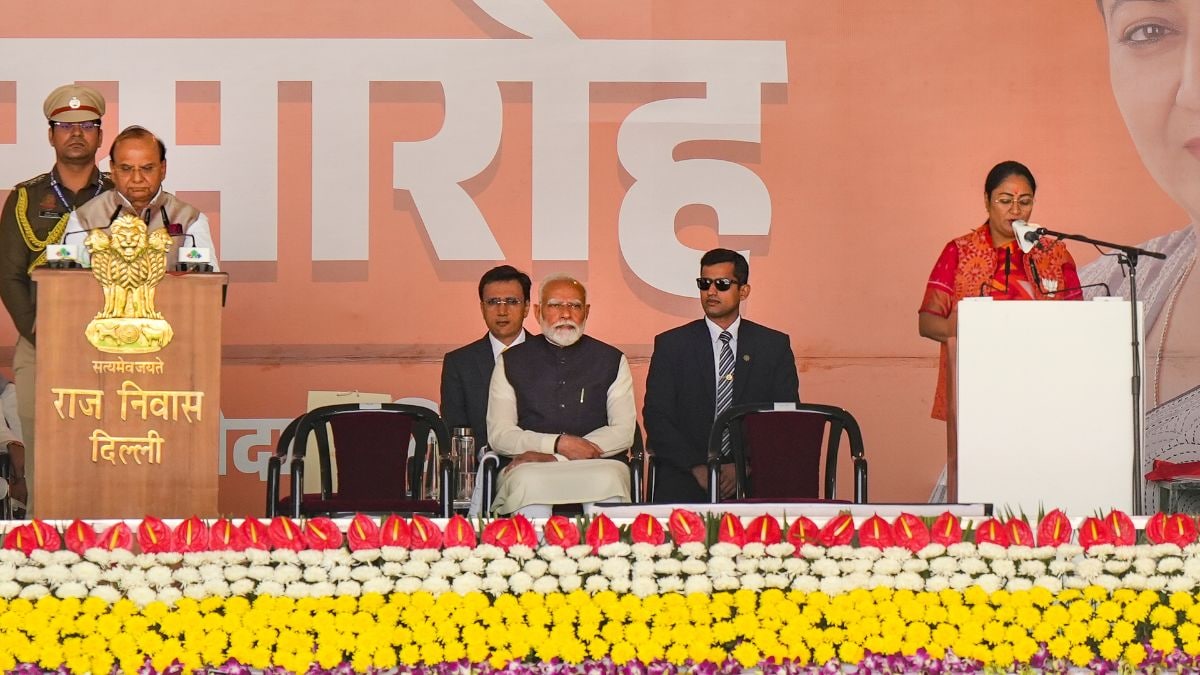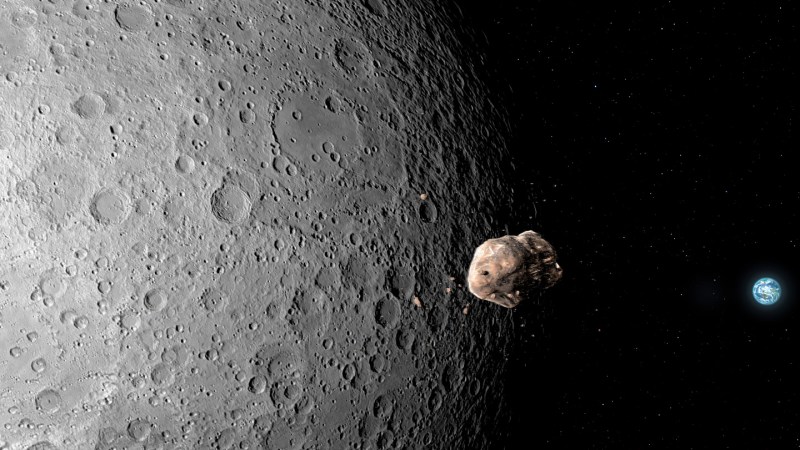Why are so many young people getting cancer?
Diagnoses for several cancers before age 50 have been increasing rapidly since the 1990s. Scientists don’t know why, but they have a few suspects.

Ryan Decembrino knew something was seriously wrong. When he began experiencing constant abdominal pain five years ago, the 29-year-old in Philadelphia went to the doctor. At that doctor’s insistence, Decembrino underwent a colonoscopy, which found a dozen polyps, but the other doctor who oversaw the scan “wasn’t very concerned because cancer didn’t run in my family,” Decembrino recalls. He was due to come back in three years for a follow-up.
But two years later, the pain got so severe he insisted the doctors take it seriously. A colonoscopy found a tumor in his colon. He went in for surgery and chemotherapy right away. “If I would have waited until my three-year follow-up, I wouldn’t be here today,” he says.
Now, Decembrino advocates for cancer awareness. “We have to get the word out,” he says. “Cancer can happen to anyone.”

Cancer is typically a disease of older people. In the United States, about 88 percent of cancer cases are among those over 50. Of the roughly 2 million people in the country diagnosed with cancer annually, less than 100,000 people are between 15 and 39. But since the 1990s, rates of early onset cancer — diagnosed before the age of 50 — have been rapidly increasing globally.
One major study found that the global incidence of early onset cancer increased by 79 percent between 1990 and 2019, while deaths rose by 28 percent. Another study, published in the Lancet Public Health last year, found that the incidence of 17 cancers in the United States has risen steadily among young men and women, particularly among those born after 1990. The steepest rises were seen in cancers of the small intestine and pancreas, says study coauthor Hyuna Sung, a cancer epidemiologist at the American Cancer Society in Atlanta.
Lack of historical data in many countries makes it difficult to pinpoint when these trends really began, Sung says. But people born after the 1980s are four times more likely to be diagnosed with rectal cancer than those born around 1950. Compared with 2019, the global incidence of early onset cancers is projected to rise by 31 percent by 2030, and deaths will go up by 21 percent. Millennials and Gen Zers will carry disproportionate cancer risks with them as they age, “potentially slowing decades of progress against cancer,” Sung says.
The data reflect what oncologist Alok Khorana sees in his practice at the Cleveland Clinic. Older adults still make up a majority of cancer cases, but Khorana is seeing more otherwise healthy young people without family histories of cancer. “It’s a question we’re all asking,” he says. “Why are we seeing more and more younger people in our clinics, and why are they … presenting [cancers] at more advanced stages?”
Scientists are researching those questions, but don’t yet know the answers. Better cancer surveillance and screening methods don’t fully explain this rise, Sung says. It can’t account for “this kind of broad, across-age effect of rapid and concentrated increases observed in certain cancers among younger adults.”
The leading hypothesis is that young people have been exposed to certain environmental and lifestyle factors that weren’t prevalent before the 1990s. While some older people have been exposed to the same risks, researchers suspect that bioaccumulation of these factors from an early age exacerbates the risks of early onset cancer. Potential factors include changes to the gut microbiome and rising exposures to antibiotics, microplastics and “forever” chemicals known collectively as PFAS. Researchers are also investigating links between cancer and the spread of the Western diet and rising obesity rates.
“But if there had been one risk factor, we would have identified it by this point,” says Sonia Kupfer, a gastroenterologist and cancer expert at the University of Chicago Medical Center. It “makes you think that it’s probably a combination of a number of different factors.”
Is cancer related to diet?
Some epidemiological evidence points to obesity being a key risk factor for early onset cancers. An analysis of 21 cancers in 25- to 49-year-olds between 2000 and 2012 found global increases in colon, rectal, pancreatic and kidney cancers may be partly explained by increases in excess body weight. But the link between obesity and cancer isn’t clear-cut: One U.S.-based study did not show an association between obesity rates and the development of early onset colorectal cancer between 1995 and 2015.
Rather than obesity itself being the problem, Khorana thinks certain aspects of modern diets, particularly the Western diet, might be the key cause. He points to a high intake of ultraprocessed foods, sugar and red meat. “The more components of the Western diet, the greater the risk of early onset colorectal cancer,” he says. A 2022 review study in Frontiers in Nutrition linked a diet high in fat, deep-fried foods, refined foods and sugary drinks and desserts with higher rates of colorectal cancer in young people. On the other hand, a protective effect was observed for people who eat healthy diets of more fruits and vegetables.
“We have to get the word out. Cancer can happen to anyone.” Ryan Decembrino
29, colon cancer
So far, scientists haven’t been able to pin down how any individual dietary component might spur cancer. But lab studies are beginning to show how sugar, saturated fat, high-fructose corn syrup and other ingredients might influence the growth of colorectal tumors. A 2022 study in mice, for example, found that high-fat diets alter the body’s gut microbiome and metabolism in ways that increase the chances of cancer-related gene mutations popping up when cells divide. Whether this happens in humans is unknown.
It’s hard to pin down how diet influences cancer, Khorana says, because “there are too many factors to capture in studies.”
Could microplastics cause cancer?
Another area of interest is in certain materials that have become more commonly used over the last decades. These include environmental chemicals as well as microplastics that now permeate the environment, including the air we breathe, and that have even been found in the human body. Per- and polyfluoroalkyl substances, PFAS for short, are found in a range of products that people come in contact with, such as textiles and food packaging. PFAS are “suspected” to be linked to cancers at all ages, Sung says. Several studies have found associations between PFAS in drinking water, air and work environments with cancers in different organs. However, studies are yet to specifically investigate the link between PFAS and the rise in early onset cancers.
Similarly, the evidence that microplastics cause early onset cancers is “weak but increasing,” says Frank Frizelle, a colorectal surgeon at the University of Otago in New Zealand. Global plastic production increased from around 120 million metric tons in 1990 to over 460 million tons in 2023, which coincides with the rising incidence of early onset cancer. When plastics degrade, they create micro- and nanoplastics that can be ingested and inhaled. Microplastics have been found in the majority of organs in the body, and in cancer tumors “in higher levels than normal tissue, but it is just an association for now and not cause and effect,” Frizelle says.
These plastic particles, defined as being less than 5 millimeters across, are inert, Frizelle says, but it’s possible they ferry viruses or bacteria that can cause cancer into our bodies. For instance, human papillomavirus, or HPV, has been linked to cervical and throat cancers. Other researchers question whether microplastics really are inert. How mammalian cells respond to plastic is not well understood. Laboratory studies in mice indicate microplastics can cause inflammation, a well-known promoter of cancer. But the lab studies to date have not looked at the health effects of years of microplastics accumulating in rodents, which makes it hard to glean much insight into how they might cause early onset cancers in humans.
Is cancer linked to gut health?
Colorectal cancer is now the leading cause of cancer death in American men under 50 and the second leading cause for women. The incidence of early onset colorectal cancers has also risen in 27 of 50 countries and territories analyzed in a study published in January. The steep rise, particularly in those under the age of 40, has led to a lot of research, making colorectal cancer among the better studied early onset cancers and at the leading edge of understanding causes.
Cancer rates rising among the young
Using data from millions of U.S. patients, scientists examined cancer diagnoses and related deaths recorded from 2000 to 2019. After grouping patients into birth cohorts based on the year they were born, they calculated the relative rate of cancer among people in certain age groups versus those born in 1955, the midpoint of their dataset.

They found that rates of 17 cancers have increased steadily, especially among younger groups. The steepest increases involve intestinal and pancreatic cancers, diseases traditionally seen in older populations.

Given the link between gut health and gut microbes, it’s perhaps not surprising that scientists suspect diet, microplastics and environmental chemicals may promote early onset colorectal cancer by influencing the gut microbiome, the ecosystem of bacteria and other microbes that live in the intestines. Observational studies point to environmental exposures and dietary changes since the 1990s that allow certain species of gut bacteria to dominate the bowels. Several species — including Fusobacterium, E. faecalis, colibactin-producing E. coli, S. gallolyticus and B. fragilis — have been linked with cancer in different parts of the digestive tract. Now researchers are zeroing in on how these harmful bacteria might trigger early onset cancer.
A study published in April in Nature put the blame on a certain bacterial toxin. Researchers studied colon cells from 981 patients with colorectal cancer in 11 countries. A certain pattern of cancer-causing genetic mutations was more than three times as common in early onset cases than in later onset ones. The researchers found that this pattern coincided with childhood exposure to colibactin.
“These mutation patterns are a kind of historical record in the genome, and they point to early life exposure to colibactin as a driving force behind early onset disease,” says Ludmil Alexandrov, a computational biologist at the University of California, San Diego who led the study. If someone acquires these mutations as a child, they could be decades ahead of schedule for developing colorectal cancer, getting it at age 40 instead of 60, he says.
Alberto Bardelli, a molecular geneticist at the University of Torino and the AIRC Institute of Molecular Oncology, Milan, says the study shows a “beautiful correlation” between the mutational signature of colibactin and early onset colorectal cancers. But, he says, we need to understand the causes and mechanisms of early onset colorectal cancer. It’s possible the food children eat, as well as their lifestyles and immune systems, could give rise to colibactin-producing E. coli toxins, but it’s not well understood. What’s more, colibactin exposure explains perhaps only 15 percent of early onset cases, according to previous studies, which means many more mechanisms are yet to be discovered.
Do early onset tumors grow more quickly?
A complete understanding of the causes of early onset cancers won’t come any time soon, so scientists are also working to come up with better ways to diagnose cancers in young people much earlier.
One reason younger people tend to be diagnosed with cancer at a late stage is because early-onset tumors might progress more quickly than tumors in older adults.
Bardelli is one of several scientists who hypothesize that early onset cancers might not follow the same timeline of progression as typical cancers. Scientists have mapped the molecular alterations that typically cause colorectal cancer — evidence indicates it takes five to 15 years for tumors to develop, invade and metastasize. But Bardelli has started to look into the pace of growth in early onset colorectal cancers, and they seem to advance much faster, perhaps in one to two years. If true, it could make the typical five- to seven-year screening gaps much less effective for younger people, he says.
Bardelli is trying to develop ways to determine how long a tumor has been growing. By studying tumor age in lots of people with early onset cancer, doctors would be able to figure out how often to screen for it and know which tumors are “born to be bad” — are fast-developing and require aggressive treatment.
“My previous doctors had told me I shouldn’t be concerned … ” Samantha-Rose Evans
26, endometrial cancer
Other researchers are trying to find ways to identify people likely to develop early onset cancers, then send them for screenings. The idea is to use other kinds of tools besides symptoms to create risk prediction models. If someone has unexplained anemia or weight loss, these are warning signs, says Kupfer, the gastroenterologist at the University of Chicago.
However, she says, these attempts are “aspirational” because scientists haven’t yet identified the biological causes of early onset cancers, or how to score the risk factors we know. There is low-hanging fruit, she says, like trying to identify cases based on family history, but “we do a really bad job of identifying those people, and so we wait often until a cancer develops in the family until someone says, ‘Oh, wait a second.’ ”
What should younger people do to reduce cancer risk?
Because research into early onset cancer is still in its infancy, medical experts don’t yet have specific recommendations for how young adults can reduce their risks of developing most cancers. Getting vaccinated against HPV can help reduce the risks of cervical and throat cancers, and there is some evidence that the hepatitis B vaccines help prevent liver cancer. Aside from that, the best advice is to follow the basics of a healthy lifestyle: eating a balanced diet, exercising and limiting alcohol, smoking and sun exposure.
Decembrino says being aware of the signs of cancer and knowing your own body is the best thing you can do. But because early onset cancer is still not the norm, many young adults describe a grave challenge: being taken seriously by doctors. Samantha-Rose Evans, an administrator in Lincolnshire, England, was diagnosed and treated for endometrial cancer at the age of 26 only because her then-fiancé encouraged her to seek medical help about her irregular periods. “My previous doctors had told me I shouldn’t be concerned,” she says.
One survey in the U.K., Australia and New Zealand found that young people with colorectal cancer perceived doctors to not suspect cancer because of their age, which contributed to delays in treatment. A common issue is misdiagnosis of cancer-related symptoms as more benign health issues. In a U.S. survey of nearly 900 people with early onset colorectal cancer, 54 percent of patients were initially misdiagnosed, usually with hemorrhoids. “Thirty-six percent of patients saw three or more doctors before receiving a diagnosis of colorectal cancer,” says Michael Sapienza, CEO of the nonprofit Colorectal Cancer Alliance in Washington, D.C., which led the survey.
“If anything worries you … get it checked.” Rosalind Holden
38, uterine cancer
Rosalind Holden, 38, assistant principal of a school in London, had to be “an absolute pain in the arse” to her doctors two years ago to get rapid medical attention for uterine cancer, which has an average age at diagnosis of 60. “If anything worries you, especially women’s health like heavy periods, get it checked,” she says. The hysterectomy to treat her cancer stopped her family planning in its tracks. “If I had gone to the doctor sooner, would the treatment have been different so it wouldn’t have impacted my ability to have another child?”
The success story buried in the gloomy data is that scientists have made tremendous strides reducing overall cancer mortality. Improved screening and treatment methods have dramatically lowered cancer rates in older populations for many cancers, Khorana says.
Austria and Italy have already been screening populations in their 40s for colorectal cancer. A 2019 study shows both nations bucking the trend for rising colorectal cancer rates in people aged 40 to 49, though not for those under 40. In the United States, the American Cancer Society recommended lowering the screening age for bowel cancers from 50 to 45 in 2018, but it’s too soon to know if this helped catch cancers at younger ages.
Spreading awareness among both the general population and physicians is vital for catching cancers early, says Kupfer. The most useful advocacy has been around making people aware of their symptoms, she says, so they know that rectal bleeding might not be hemorrhoids but colorectal cancer.
In the three weeks following the Colorectal Cancer Alliance’s LEAD FROM BEHIND screening awareness campaign featuring Ryan Reynolds, “appointments for colonoscopies increased by 36 percent,” Sapienza says, according to the digital health care marketplace Zocdoc. The Alliance State of Screening Survey revealed that 57 percent of Americans are unaware that colonoscopies can prevent colorectal cancer by removing precancerous polyps. “If they knew this, 98 percent reported they would be more likely to undergo the screening,” Sapienza says.
Evans, Holden and Decembrino all say one of the challenges dealing with cancer is the difficulty finding stories from people closer to their age. That’s why they’re all involved in support programs for young people going through cancer.
“Cancer sucks,” Decembrino says. “The only way I got through it was by having great people around me. I’m part of a buddy program now, but thankfully I haven’t needed to be called up yet.”
What's Your Reaction?


























